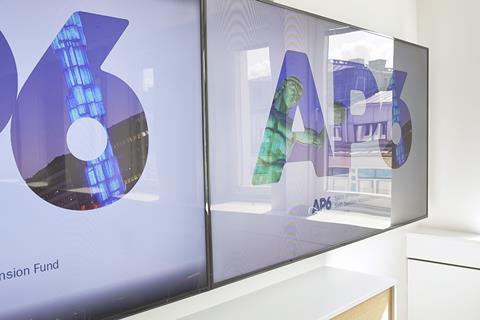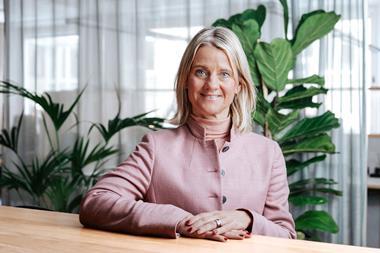Sweden’s AP national pensions buffer funds have told the government what they think of its proposals for sweeping changes to the multi-fund system, with AP1 and AP2 criticising the official report itself for being “incomplete” and having “decisive flaws”.
In responses to the government’s consultation on its report “Review of the buffer funds (Fi2024/01410)” published in June, both the Gothenburg-based buffer fund AP2 and AP1 – one of the three Stockholm-based buffer funds – said they could not say whether the mooted merging of some of the funds was a good idea or not, blaming a lack of detail and analysis in the report led by official investigator Tord Gransbo.
AP4, meanwhile, told the government it agreed there were big savings to be made from merging some of the buffer funds, but also stressed the major costs of doing so, including a large risk of harming returns.
AP6 – which differs from the main four buffer funds in being much smaller and only investing in unlisted shares – said it agreed about the negative effects of the idea of merging its operations into AP2.
Gransbo was tasked in October 2023 mainly with investigating how the AP funds’ administration could be simplified and modernised, including requirements for skills on the funds’ boards, and how AP6 could be consolidated into the buffer fund system, possibly by merging it with AP2.
In January, the review was broadened to consider consolidating the three Stockholm-based buffer funds into two funds.
In its consultation response dated 31 October, AP2 said: “In light of the fact that the basic premise on which the investigation bases its proposals is incorrect, together with the fact that the critical weighing of pros and cons is missing, it is not possible to endorse any of the alternative proposals regarding an integration of the Sixth AP Fund in the buffer fund system, in the way these have been designed.”
Because of that, alternative approaches should therefore be considered, it said, but remarked that such alternatives had not been included in the review.

AP2 came up with alternatives for integrating AP6 into the buffer system, which it said were more effective and “in line with the mission statement and where both operational risks and costs are minimised”.
AP1, meanwhile – the Stockholm-based buffer fund with the least assets, at SEK476bn (€40.9bn) at the end of June – ended its consultation response dated 29 October, saying: “In summary, AP1 assesses that the proposals regarding restructuring and changes affecting the fund’s liquidity are incomplete and assessment of its suitability cannot therefore be made.”
In its response dated 31 October AP4 summed up its comments on the proposal to consolidate the Stockholm-based funds, saying it shared the review’s opinion that there were economies of scale within asset management, “and that the consolidation option has the greatest degrees of freedom to make use of such”.
But it also said the proposal to merge the funds was complex.
“AP4 shares the memorandum’s view that a consolidation would be complex and risky, and involve significant direct and indirect costs, as well as a significant risk of negative impact on the return in connection with this,” the SEK533bn fund said.
As for AP6, which had SEK70.7bn at the end of 2023, the fund commented on the proposals saying it supported “what can be considered the main alternative, that is to integrate the Sixth AP Fund into the buffer fund system without changing the organisational structure with the justifications stated in the memorandum.”
The private-equity specialist fund said it agreed with what it said was the memorandum’s conclusion about the negative effects of its operations and capital being transferred to AP2, saying “unique expertise will not be able to be utilised in the desired way”.
It also said that changes that would be required to implement the proposal had not been analysed and investigated in the investigation.
“A merged fund leads to a significant reduction in the proportion of unlisted shares in the total buffer fund system,” AP6 said, adding that it could not see that as in line with the mandate for the official investigation.
Stockholm-based buffer fund AP3 published its response to the consultation a month ahead of the 31 October deadline, saying, among other things, that when one of the Stockholm trio was axed, all of its assets should be passed to just one surviving fund – not split equally between the other two funds as suggested in the report.
Read the digital edition of IPE’s latest magazine























No comments yet